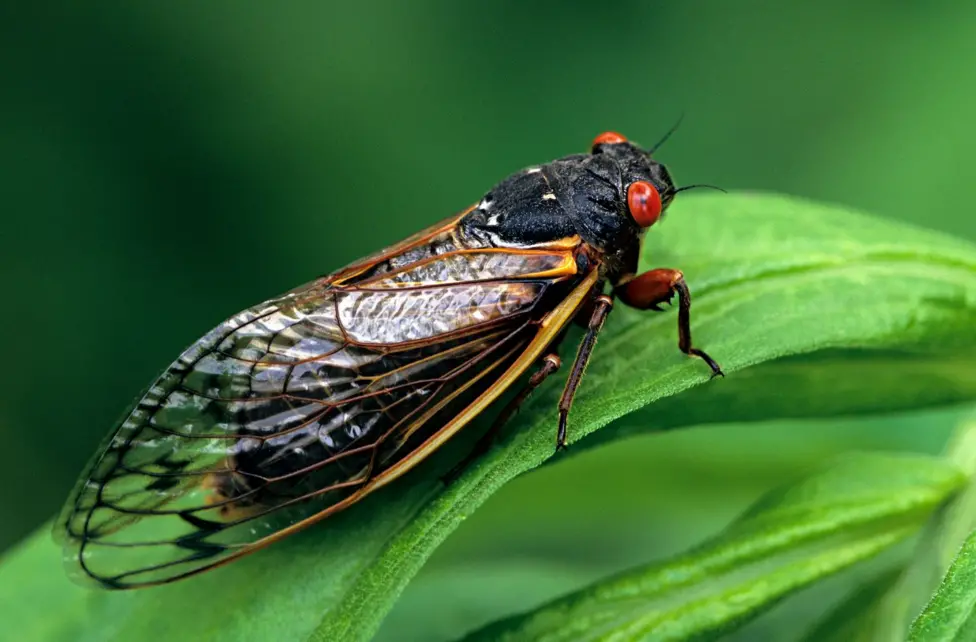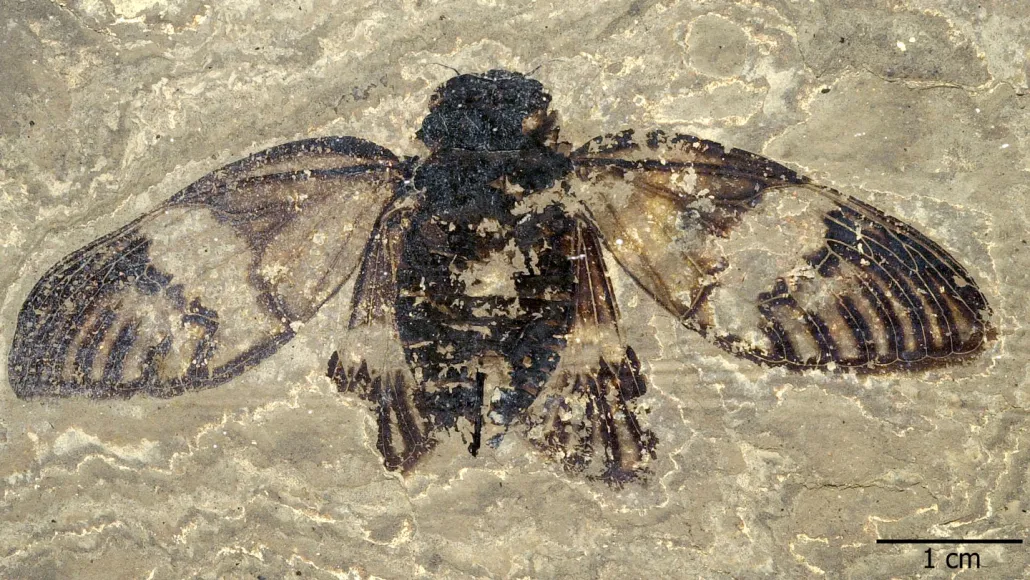Ancient Cicada Fossil Discovered at Messel Pit Offers New Insights
This fossil is one of the oldest known true cicadas ever found in Europe—and the first of its kind discovered in the Messel Pit, a UNESCO World Heritage site near Frankfurt renowned for its exceptional fossil record.
“Every new fossil from the Messel Pit holds great scientific value,” says Dr. Sonja Wedmann, a paleoentomologist at the Senckenberg Research Institute and Natural History Museum Frankfurt. This discovery is no exception.
Cicadas are cricket-like insects famous for their loud, distinctive chirping and are most commonly found in the Americas today. Some species are among the longest-living insects on Earth, with lifespans of up to 17 years, much of which they spend underground feeding on tree sap and roots.

The remarkable preservation of this fossil has allowed researchers to study the species in unprecedented detail, shedding light on how cicadas have evolved since the Eocene period—approximately 33.9 to 56 million years ago.
Named Eoplatypleura messelensis, the cicada measures about 2.65 cm in body length with a wingspan of 6.82 cm.
Dr. Hui Jiang, lead author of the study, notes that the insect’s size and intricate wing patterns likely played a crucial role in its survival. “These patterns closely resemble those of modern cicadas in the Platypleurini group, which inhabit woods and scrubland. Given the subtropical vegetation in the Messel region around 47 million years ago, the coloration may have served an ecological purpose such as camouflage.”
